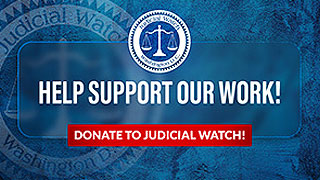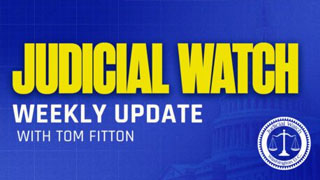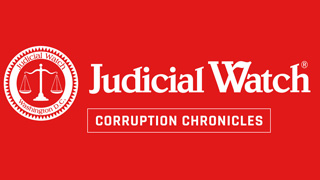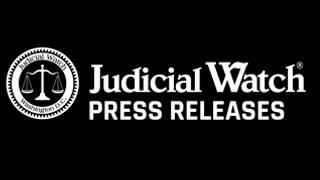

Earmark Veto Threat Too Little Too Late
The president’s sudden threat to veto earmarks during this week’s State of the Union address seemed almost comical from a commander in chief who has presided over a drastic increase in the controversial practice abused by lawmakers to get federal dollars for pet projects.
President George W. Bush stood stoically at the podium and said that the people’s trust in their government is undermined by congressional earmarks. He then reminded lawmakers that he asked them to voluntarily cut the number and costs of earmarks in half yet they had not. “So this time, if you send me an appropriations bill that does not cut the number and cost of earmarks in half, I will send it back to you with my veto,” the president boldly said.
He added that this week he will issue an Executive Order that directs federal agencies to ignore any future earmark that is not voted on by Congress. If these items are truly worth funding, the president said, the Congress should debate them in the open and hold a public vote rather than slip them into existing bills.
Too bad Bush waited until the waning months of his presidency to curb earmarks, which two-thirds of Americans oppose and see as a betrayal of the democratic process. Under Bush the number of earmarks grew significantly, to nearly 12,000 in 2007 from 3,055 in 1996.
There was a 40% in increase in earmarks in the first defense bill signed by Bush in 2002. By 2004 the number of earmarks in the defense bill that Bush penned into law had grown to 2,208, an increase of 56% in just two years. By 2005, the bill he signed contained 2,506 earmarks, well over double the number in the 2000 bill, which had 997 earmarks.
Other Bush-approved bills also saw drastic increases in the number of earmarks during his tenure. The earmarks increased fivefold in domestic spending bills—which fund the departments of labor, health and human services and education—from 2000 to 2005. Earmarks grew from 491 that first year to 3,014 in 2005 yet Bush’s signature appears on all the bills.
Perhaps the most famous example of abusive earmarking came in the 2005 Highway Bill, which President Bush signed willingly despite the fact that it contained 50% more earmarks (6,371) than all previous highway bills combined. With these alarming figures Americans can’t help but wonder why the president waited so long to issue his earmark veto threat.















